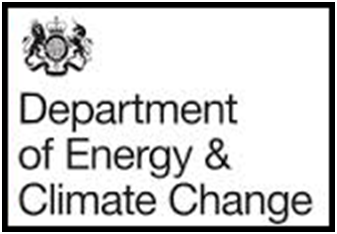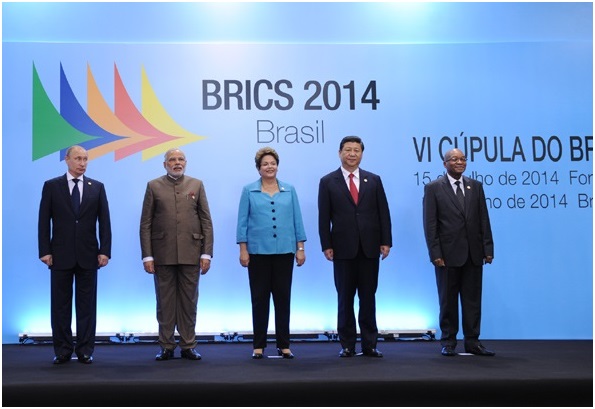A report by the Unites States National Academy of Sciences (NAS) requested by Congress was released yesterday. The report, which took two years to produce, was a response to the question of what lessons were learned from the Fukushima nuclear disaster in March of 2011. The conclusion of the report is that nuclear plant licensees and regulators “must actively seek out and act on new information with respect to hazards with the potential to affect the safety of nuclear power plants.”
Up to the present, the nuclear industry and its regulators have focused on building nuclear power plants that can withstand specified failures or “design-basis events” such as equipment failures, loss of power or the failure of core cooling systems. In other words, how poor design could be the cause of or could exacerbate an accident.
The report points out that our decades of experience with operating nuclear power reactors in the U.S. has shown that the risk of damage to a reactor core is dominated by what are called “beyond design basis events” such as hurricanes, tsunamis, floods, tornados, geomagnetic anomalies and earthquakes. The three biggest nuclear disasters, Three Mile Island, Chernobyl and Fukushima were all caused by “beyond design basis events.” Concentrating on design-basis events did not prevent these nuclear catastrophes.
The report said that the way that nuclear power plants are currently regulated “are clearly inadequate for preventing core-melt accidents and dealing with the consequences.” Utilizing modern risk assessment principles for licensing and regulating nuclear power reactors could help insure overall safety of currently operating nuclear power plants and any future nuclear power plants that are going to be built.
The NAS said that it did not have the resources to do an in-depth analysis of overall preparedness for a nuclear disaster in the United States. It urged that the nuclear industry and other organizations that are responsible for emergency preparedness review how well they are prepared to deal with serious nuclear accidents that are associated with natural disasters that affect the whole region where nuclear power plants are located.
The reports says that “Emergency response plans, including plans for communicating with affected populations, should be revised or supplemented to ensure that there are scalable and effective strategies, well-trained personnel, and adequate resources for responding to long-duration accident/disaster scenarios.” In addition, the NAS says that emergency planning should also consider positive actions such as distribution of potassium iodine pills, evacuation, sheltering in place, and other measure that could benefit offsite populations. The report’s conclusions and recommendations are about technical matters and not policy. The report has four major recommendations to improve the safety and resilience of U.S. nuclear power plants.
First, the U.S. nuclear industry and the NRC should improve resource availability and operator training. The training should include the ability to respond to unanticipated complexities with ad hoc solutions.
Second, they should improve their ability to assess risks from events that could challenge the design of a nuclear reactor in a way that would impact safety including all manner of natural disasters.
Third, the NRC should work to incorporate “modern risk concepts” into its nuclear safety regulations.
Fourth, the U.S. nuclear industry and the NRC must build a strong “safety culture” and increase transparency and communication about their work on monitoring and improving nuclear safety.
These proposals are worthwhile but I am afraid that if Congress does not pass new legislation requiring these changes and the Executive Branch does not strictly enforces adherence to the new legislation, there is little possibility that the NRC and the U.S. nuclear industry will adopt these changes on their own.




